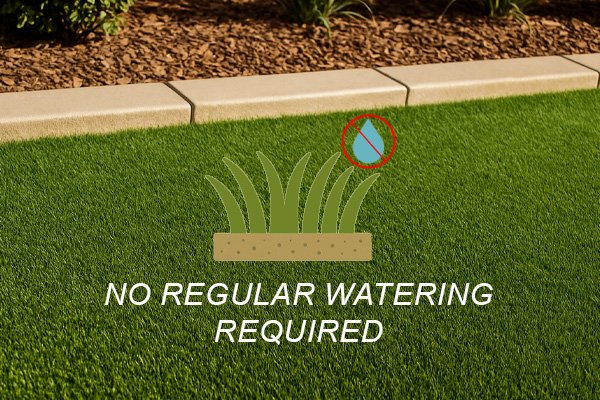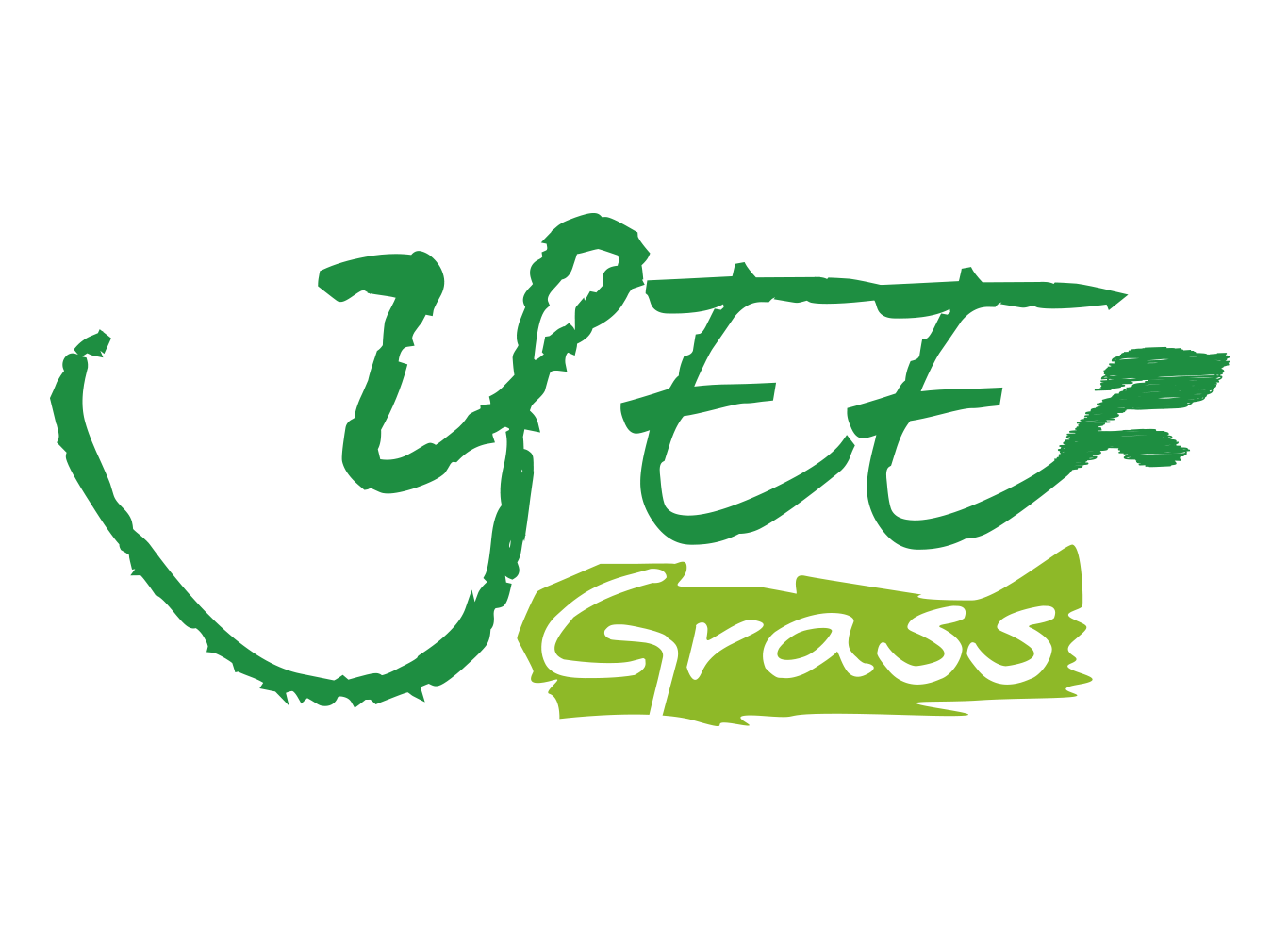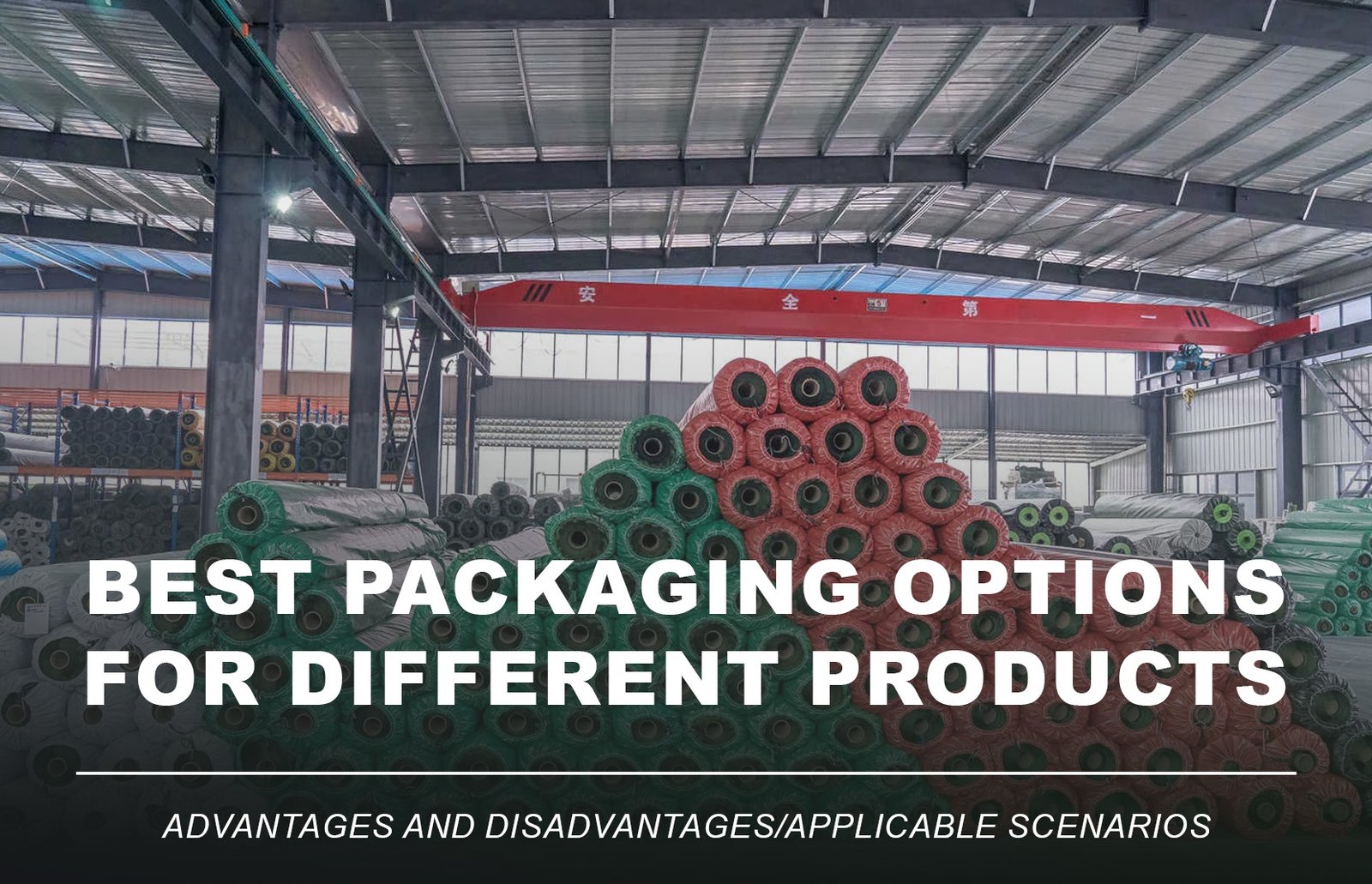
As global water shortages and climate challenges intensify, water-efficient landscaping has become a top priority for homeowners, designers, and urban planners alike. While natural grass looks lush, its massive water demands, maintenance burden, and environmental cost are often overlooked.
Artificial grass for water conservation offers a modern, sustainable alternative that not only saves water but also reduces pollution and energy consumption. In this article, we explore how eco-friendly artificial turf supports water-saving goals, boosts environmental sustainability, and how to choose the right product for low water landscaping.
1. The Hidden Water Cost of Natural Lawns
Did you know that a typical 100㎡ natural lawn can consume more than 500,000 liters of water per year in hot climates? In dry regions like Southern California or Northwest China, frequent irrigation is necessary just to keep grass green—leading to severe groundwater depletion.


Natural turf’s environmental downsides include:
- Excessive energy use from water pumps → higher carbon footprint
- Fertilizer and pesticide runoff → pollution of waterways and soil
These challenges highlight why switching to water-saving artificial turf is becoming essential in drought-prone areas.
2. How Artificial Grass Saves Water

(1)No Regular Watering Required
Synthetic turf for water conservation stays green year-round with no irrigation. Occasional rinsing for dust or pet mess is all that’s needed.

(2)Drought-Resistant and Climate-Stable
Using PE (polyethylene) turf fibers with UV coating, drought-resistant artificial grass performs well in extreme heat, rain, or seasonal climate shifts.

(3)Works with Rainwater Harvesting & Drainage
Many eco-friendly artificial grass installations integrate drainage layers and rainwater recycling systems to minimize water loss and optimize resource reuse.
3. Beyond Water Saving: Other Environmental Benefits



Switching to eco-conscious turf systems offers more than just water conservation:
- No mowing → Save fuel and electricity
- No chemical fertilizers or pesticides → Prevent chemical runoff, protect groundwater
- Reduce urban heat → Optional cooling yarns + light-colored infill reduce surface temperature
4. Case Studies: Global Water-Saving Successes

Los Angeles Residential Area
Homes switching to artificial turf for water savings report reductions of 380,000+ liters annually, with state incentives.

Primary School in Xi’an, China
A converted synthetic sports field cuts water bills by 40% while expanding green space.

Dubai Commercial Zone
A combination of cooling turf and mist systems reduces irrigation use even in extreme heat.
5. How to Choose a Water-Conserving Artificial Turf
| Selection Criteria | Recommended Features |
| Fiber Material | PE yarn with UV-resistant coating |
| Drainage Backing | PU or SBR, drainage rate ≥ 20L/min/㎡ |
| Infill System | Quartz sand + TPE cooling infill |
| Eco Certifications | REACH, RoHS, ISO 14001 certified artificial grass |
| Recyclability | Opt for recyclable artificial grass systems or take-back programs |
6. FAQs: Water-Saving Turf Questions
Q1: Does artificial grass really not need watering?
A: Correct. No irrigation is required except for occasional cleaning or cooling.
Q2: How much water can synthetic turf save?
A: Depending on region and size, up to 200,000–500,000 liters per 100㎡ per year.
Q3: Will artificial turf overheat in summer?
A: Premium cooling turf systems use light-colored infill or infrared-reflective yarns to stay comfortable.
Q4: Is it safe for children and pets?
A: Yes. Eco-friendly artificial grass meets global safety standards and contains no toxins or heavy metals.
7.Conclusion: Save Water, Live Greener
Artificial grass is more than just a low-maintenance solution — it’s a key part of sustainable water-saving landscaping.
By reducing irrigation, eliminating chemical runoff, and minimizing carbon emissions, water-saving artificial turf empowers families and communities to live more sustainably.
8.Ready to Transform Your Lawn?
At YEEGRASS, we offer:
- Certified eco-friendly artificial turf products
- Recyclable and low-carbon synthetic lawn options
- Free samples & quotes for climate-resilient landscaping projects








